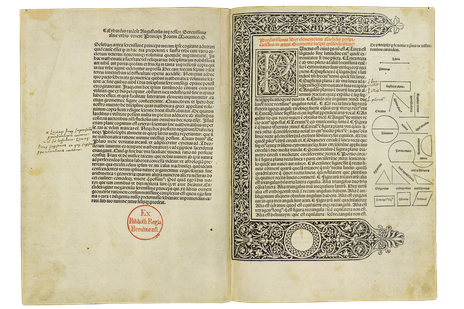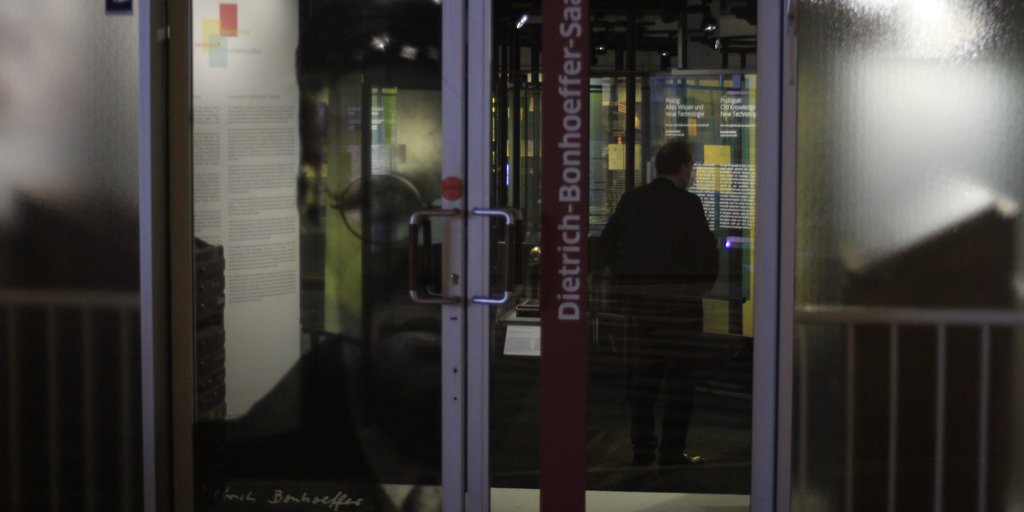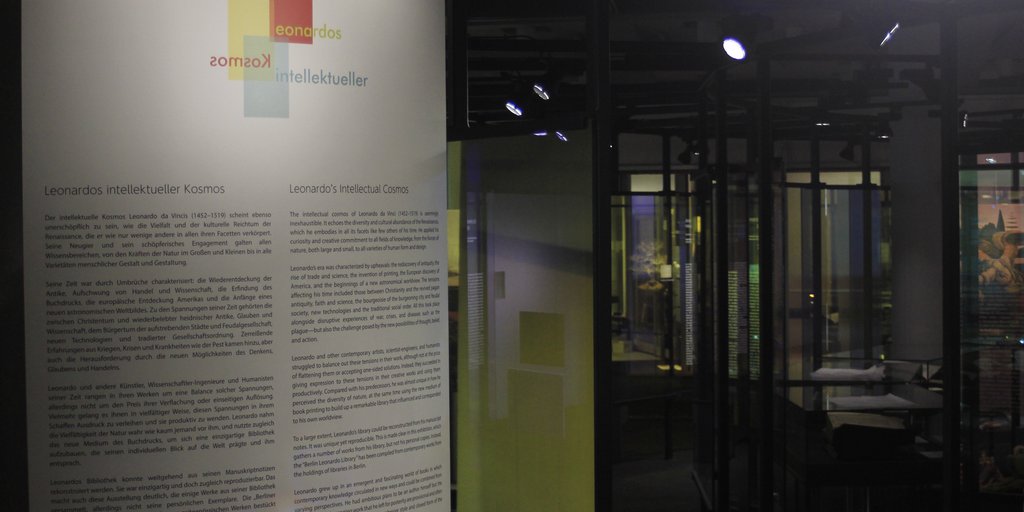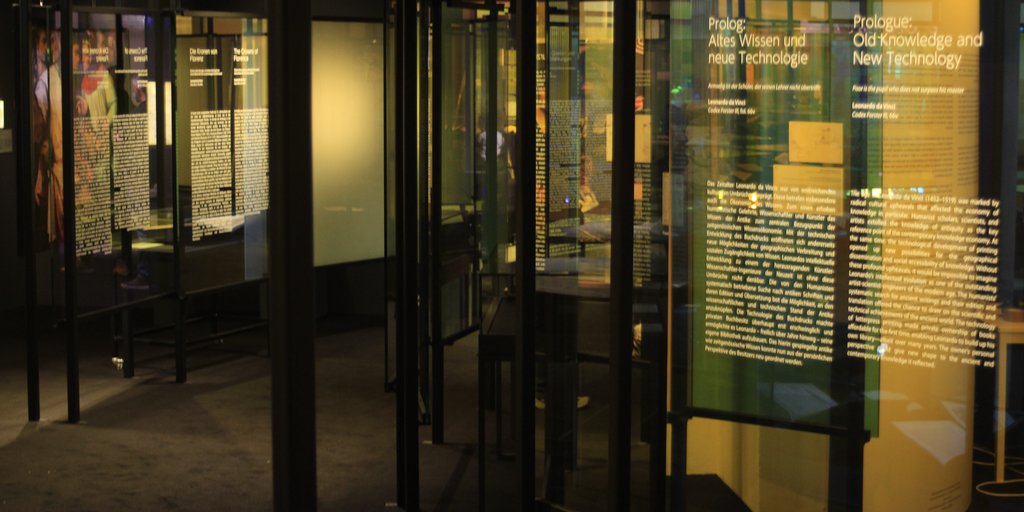
Prologue: Old Knowledge and New Technology <
Poor is the pupil who does not surpass his master
Leonardo da Vinci
Codex Forster III, fol. 66v
The age of Leonardo da Vinci (1452–1519) was marked by radical cultural upheavals that affected the economy of knowledge in particular. Humanist scholars, scientists, and artists extolled the knowledge of antiquity as the key reference point of the contemporary knowledge economy. At the same time, the technological development of printing opened up new possibilities for the geographical dissemination and social accessibility of knowledge. Without these profound upheavals, it would be impossible to imagine Leonardo’s intellectual evolution as one of the outstanding artist-scientist-engineers of the modern age. The humanists’ systematic search for ancient writings and their edition and translation offered the chance to draw on the scientific and technical achievements of the ancient world. The technology of letterpress printing made private ownership of books affordable for the first time, enabling Leonardo to build up his own library—albeit over many years. The owner’s personal perspective could give new shape to the ancient and contemporary knowledge it reflected.
Leonardo's Berlin Library: Section 1 <
 | 12.
Edited by Johannes Campanus. Venice: Erhard Ratdolt, 1482 |

The Elements (Greek: Stoicheia) by Euclid (ca. 300 BCE), was a compendium on geometry, proportion, and number theory. In the 12th century, the Englishman Adelard of Bath translated it into Latin from an Arabic version. The text was reworked in the mid-13th century by Johannes Campanus, and first printed in Venice in 1482. This ancient work has been used for over 2,000 years in countless translations and editions as a basic textbook for geometry and mathematics. Leonardo also used it as the basis for fields of knowledge like astronomy, optics, perspective, and mechanics (107 ▲). His colleague the painter Albrecht Dürer (76 ■) from Nuremberg bought a copy of the latest edition on his trip to Venice.
References
Bambach, Carmen C. 2019a. Leonardo da Vinci Rediscovered. Vol. 2: The Maturing of a Genius 1485–1506. 4 vols. New Haven / London: Yale University Press, 32–34, 460–464.
Eadem. 2019b. Leonardo da Vinci Rediscovered. Vol. 4: Scholarly Apparatus to Volumes One, Two, and Three. 4 vols. New Haven / London: Yale University Press, 17, 22.
Lee, Funsoo. 2019. In Leonardo’s Library. The World of a Renaissance Reader, edited by Paula Findlen. Stanford, CA: Stanford Libraries, 174, no. 45.
Steck, Max. 1981. Bibliographia Euclideana. Die Geisteslinien der Traditionen in den Editionen der “Elemente” (ΣTOIXEIA) des Euklid (um 365–300). Handschriften – Inkunabeln – Frühdrucke (16. Jahrhundert). Textkritische Editionen des 17. Jahrhunderts. Editionen der Opera minora (16.–20. Jahrhunderts). Arbor scientiarum. C. 1. Hildesheim: Gerstenberg.











